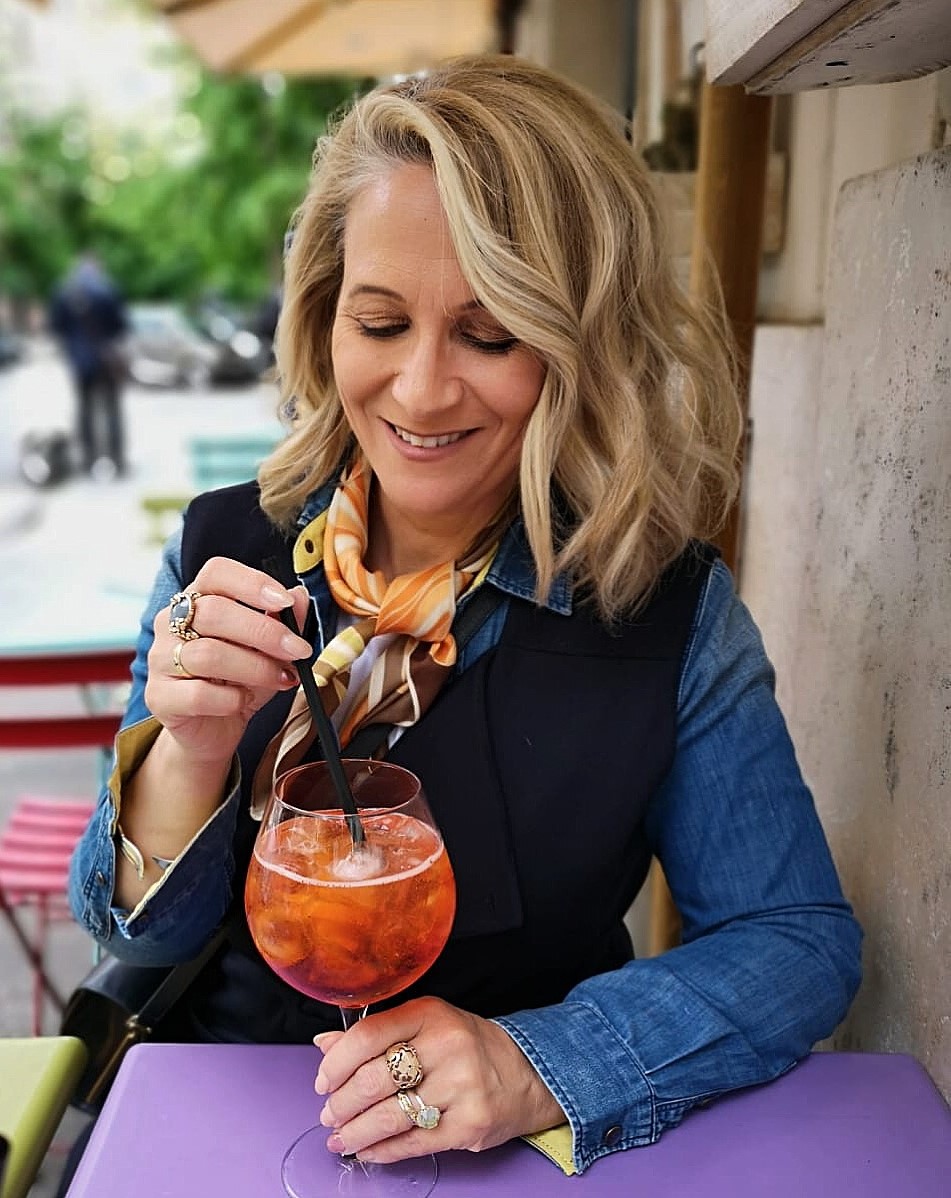I can’t believe we are already into the second week of April! March was a crazy busy month for me work wise. I led food tours, travelled to Cuvio (north of Milan, close to Varese) for a new work collaboration, worked on a French McDonald’s advertisement as an assistant to the food stylist, travelled to Basel, Switzerland to assist a Chef friend during an event for Bulgari, and cooked lunch twice for the New Zealand Ambassador! And… then all of a sudden – Easter was upon us! I had intended to write about Easter and post some other traditional Easter recipes – but alas, time has escaped me and now I will try to get back into dedicating some time to my blog.
Easter celebrations finished recently, and like most religious holidays in Italy, food is an important part of the festivities. Easter is an important holiday and second only to Christmas for Italians. Many people travel to enjoy a week’s holiday or they may travel to visit family. Easter falls at the end of the Lent, and it is during Lent, that many Christians fast, or decide to give up certain luxuries (sugar or chocolate are popular things to ‘give up’ for Lent). This is to replicate the sacrifice of Jesus Christ’s journey into the desert, and subsequent fasting for 40 days.
Obviously after 40 days of deprivation, Easter celebrations require much feasting. Traditional Easter foods may vary slightly from region to region in Italy but it is usually common to find lamb or goat as the meat served during the main meal.
In Rome where I live, Easter morning starts with a traditional breakfast of hard boiled eggs, and a salami variety known as ‘corralina’. This is served with a savoury cheese bread known as ‘Pizza al Formaggio’. Lunch traditionally starts with lasagne and then is followed by the main meal of meat and vegetables, so lamb and artichokes for example are commonly seen on Roman tables for Easter lunch. Rich breads such as the Napolitan ‘casatiello’ may also served to accompany the meal. This bread is filled with salami, eggs and cheese before being baked, usually in a circle. Dessert usually includes a ‘Colomba’ which is a dove-shaped cake similar to the panettone that is eaten at Christmas. The difference is that the Colomba contains candied peel and no raisins. The dough is then placed in a paper casing that is shaped like a dove and topped with sugar and almonds before being baked. Another cake that fills the bakeries during Easter comes from Napoli, the Pastiera. This sweet tart is made with cooked wheat, eggs, ricotta cheese and flavoured with orange flower water. And let us not forget the abundance of chocolate Easter Eggs also present on the Easter table.
I made lasagne for our Easter lunch, and my son Joseph told me it was the best lasagne I had ever made. I find making lasagne rather therapeutic. I’m not sure if it’s the repetitiveness of the layers or the fact that you can’t really mess it up, (won’t mention the time I completely forgot the besciamella though LOL). I will post my lasagne recipe soon but today let’s talk about lamb. Firstly one must realise that lamb found in Rome is known as ‘abbacchio’ and it is much smaller than the lamb I grew up eating in Australia. An abbacchio is a very young lamb that is not yet weaned. It must be no younger than two months and no older than a year. Whereas a family of 6 can eat from a leg of New Zealand lamb, an Italian abbacchio leg is so small that you would be lucky to feed a couple of people.
The recipe that I am posting here is more or less the same as the recipe for the deboned whole rabbit you can also find on my blog. This recipe is a bit special because I recently cooked it twice for the New Zealand Ambassador here in Rome. Obviously the lamb had to be from New Zealand, and this proved easier to source here in Rome than first anticipated. My New Zealand lamb leg arrived without the shank, and I asked my local butcher to debone it for me. (I have done this recipe with both the Italian abbacchio and a leg of New Zealand lamb). Once deboned, it is opened flat, and then layered with Lardo di Colonnata, baby spinach and Macadamia nuts on top.

It is then rolled up and tied with kitchen string before it is roasted at 180°C (for cooking times calculate 30 minutes for every kg of meat). Place 6 to 8 peeled shallots in the roasting pan accompanied with a splash of olive oil.

Once cooked, remove lamb from pan, and cover loosely with kitchen foil, allowing it to rest for at least 20 minutes. Transfer all pan juices and shallots to a food processor and blend to make a gravy. Place gravy in a large frying pan and add some extra macadamia nuts, roughly chopped. Slice the lamb and place in the frying pan, heat up gravy and lamb and serve immediately.

I served this with roast potatoes and my favourite rocket, pecorino & walnut salad.



